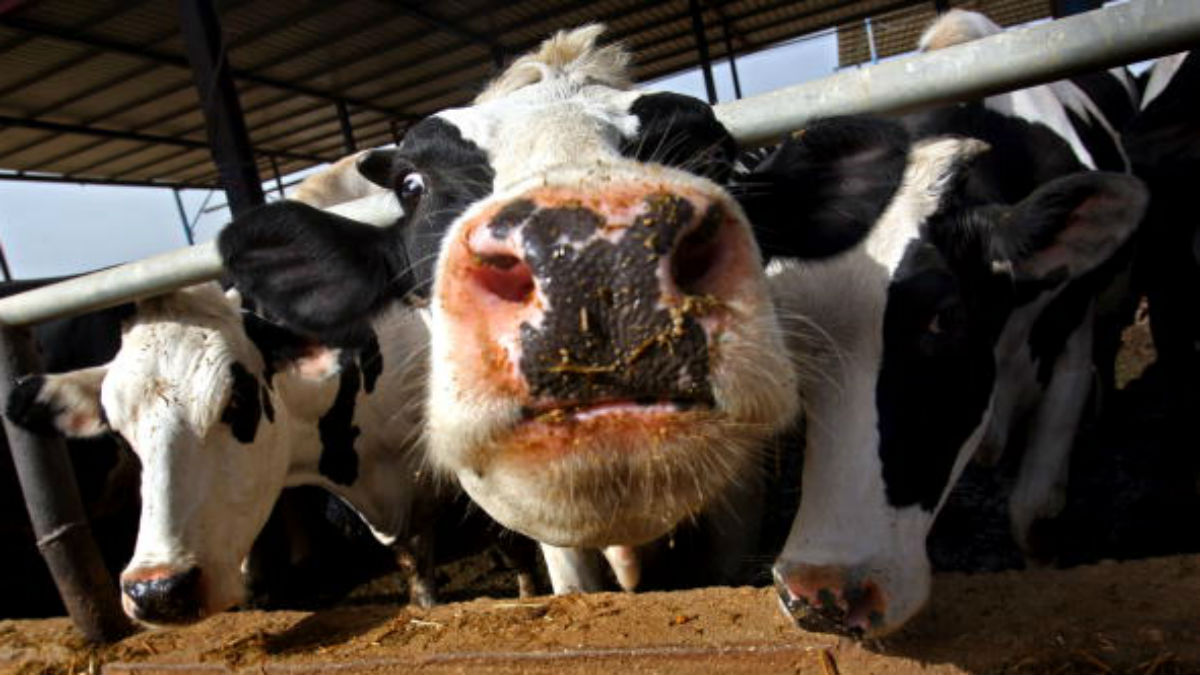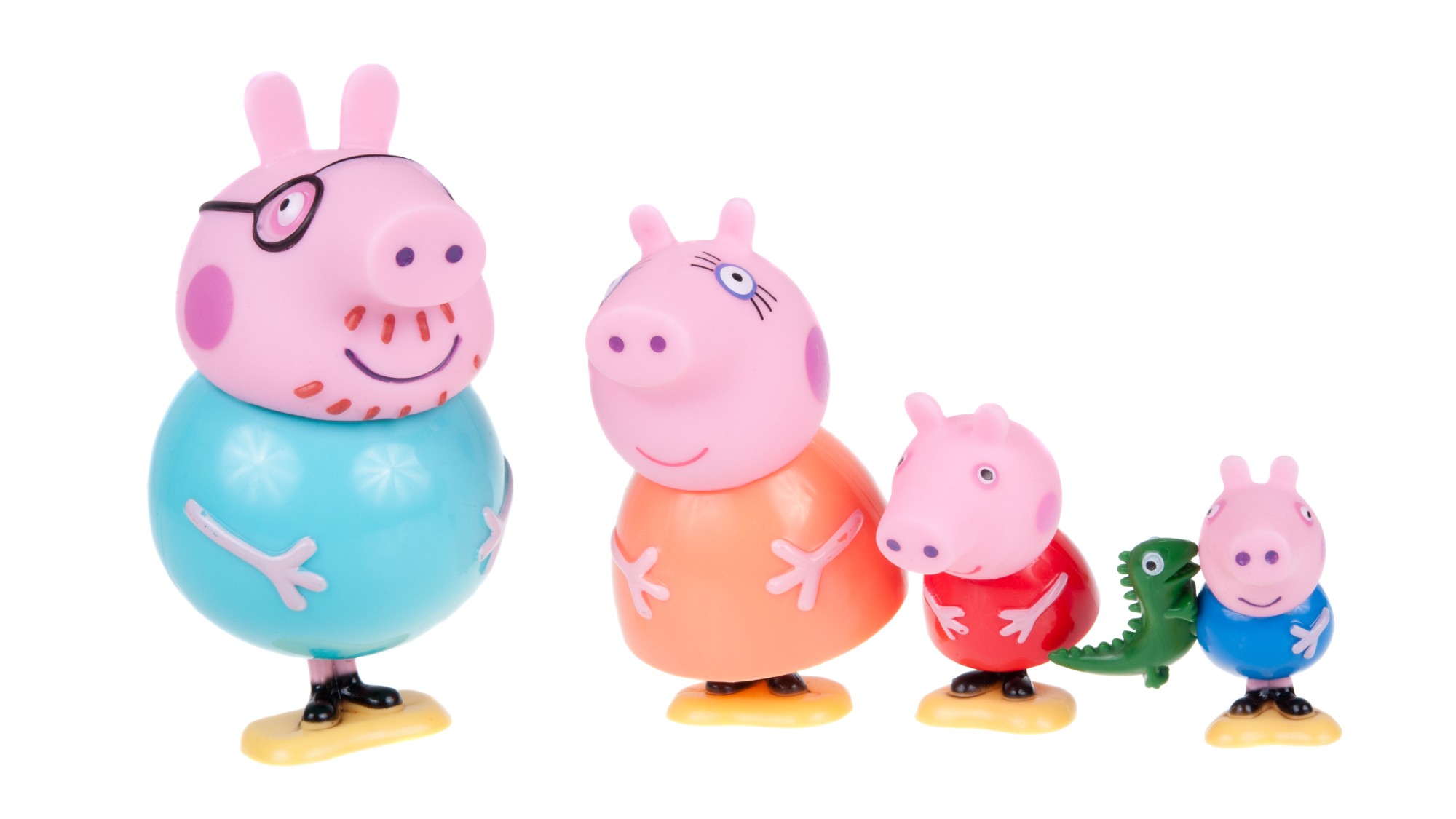What is mad cow disease - and why is it dangerous to humans?
A Scottish farm has reported the first UK cow death from BSE in three years

The first UK case of mad cow disease in three years has been confirmed at a farm in Aberdeenshire.
Signs of the disease were discovered in the brain of a cow after it died at an unidentified farm, which is now subject to a movement ban.
BBC Scotland reports that the death is believed to be an “isolated” case. It is the first confirmed diagnosis of mad cow disease in the UK since 2015, when a cow died from the disease at a farm in Carmarthenshire, Wales.
The Week
Escape your echo chamber. Get the facts behind the news, plus analysis from multiple perspectives.

Sign up for The Week's Free Newsletters
From our morning news briefing to a weekly Good News Newsletter, get the best of The Week delivered directly to your inbox.
From our morning news briefing to a weekly Good News Newsletter, get the best of The Week delivered directly to your inbox.
What is mad cow disease?
Mad cow disease is the popular name for bovine spongiform encephalopathy (BSE), a degenerative neurological disease affecting cattle as a result of ingesting infectious proteins, called prions.
The disease can remain dormant for several years before manifesting symptoms, which include “trouble walking or standing” followed by “nervous or aggressive” behaviour, says The Daily Beast, “hence the name ‘mad cow’”.
How does it affect humans?
A free daily email with the biggest news stories of the day – and the best features from TheWeek.com
As you might have supposed from the name, humans cannot contract mad cow disease. However, eating meat from contaminated animals is linked to one of the four known forms of Creutzfeldt-Jakob disease, a fatal degenerative brain condition.
Like BSE, Creutzfeldt-Jakob disease can have a lengthy period of incubation. But when the prions finally strike, they act rapidly - most patients will be dead within a year of the onset of symptoms, which include memory loss and reduced control of speech and mobility.
What was the mad cow disease crisis?
The first death of what would turn out to be a nationwide crisis occurred in 1985 at a farm in Sussex.
By the time the Central Veterinary Office alerted the Ministry of Agriculture, Fisheries and Food to their growing concerns in June 1987, four herds had been affected, New Scientist reports.
In 1990, agriculture minister John Gummer infamously invited the press to record him feeding a British beef burger to his four-year-old daughter in an attempt to assure the public they had nothing to fear. This image was later countered by the footage of pyres of burning cattle.
A government-backed investigation concluded that cannibalism was to blame for the spread of the disease. At the time, it was common for cattle feed to include traces of cattle matter, including from the brain and spines of diseased animals. This has since been banned.
Around 180,000 cows ultimately died after developing BSE, with cases peaking between 1992 and 1993. But even as reports of BSE dropped, in 1996, the crisis escalated to new heights when the link between BSE and Creutzfeldt-Jakob disease was confirmed.
The deaths triggered “nationwide alarm”, the BBC reports. “At the time there were fears that hundreds of thousands of people might die as a result of eating infected beef.”
That scenario fortunately never materialised, although 156 people lost their lives during the epidemic.
There were severe repercussions for the agriculture industry. Around 4.4 million cattle were slaughtered in attempts to eradicate the disease, while domestic beef consumption dropped by 40% and the EU introduced a total ban on importing British beef.
Between the knock to the economy and the use of taxpayer funds to curb the spread of BSE, the outbreak is estimated to have cost £4bn.
The impact of mad cow disease can still be felt today. People who lived in the UK during the epidemic are still restricted from donating blood in several countries.
However, the legacy of the panic is not all negative, wrote James Meikle in The Guardian in 2012.
As a result of the lessons learned, “governments are less tempted to ignore scientific advice” and more ready to plan for worst-case scenarios for public health, while the public “now expects government to be straight with them about the risks”.
-
 West Africa’s ‘coup cascade’
West Africa’s ‘coup cascade’The Explainer Guinea-Bissau takeover is the latest in the Sahel region, which has quietly become global epicentre of terrorism
-
 Daddy Pig: an unlikely flashpoint in the gender wars
Daddy Pig: an unlikely flashpoint in the gender warsTalking Point David Gandy calls out Peppa Pig’s dad as an example of how TV portrays men as ‘useless’ fools
-
 Codeword: December 3, 2025
Codeword: December 3, 2025The daily codeword puzzle from The Week